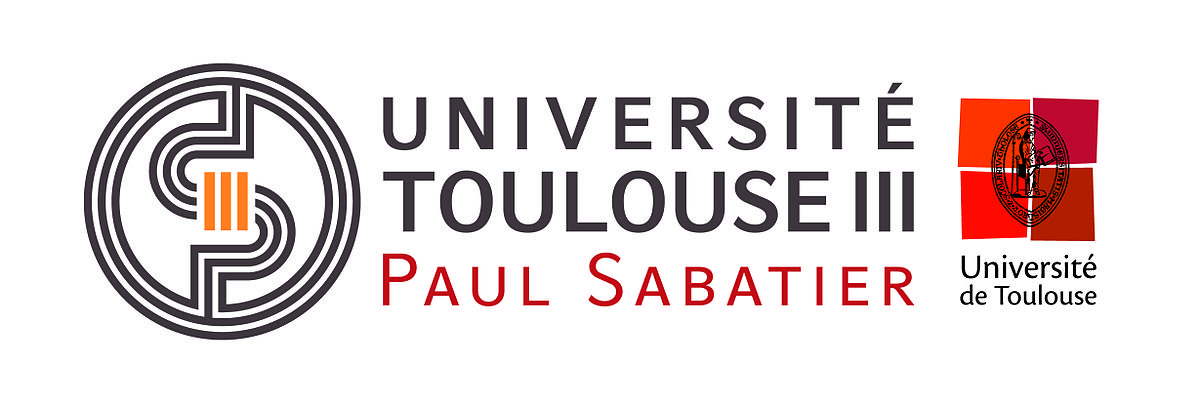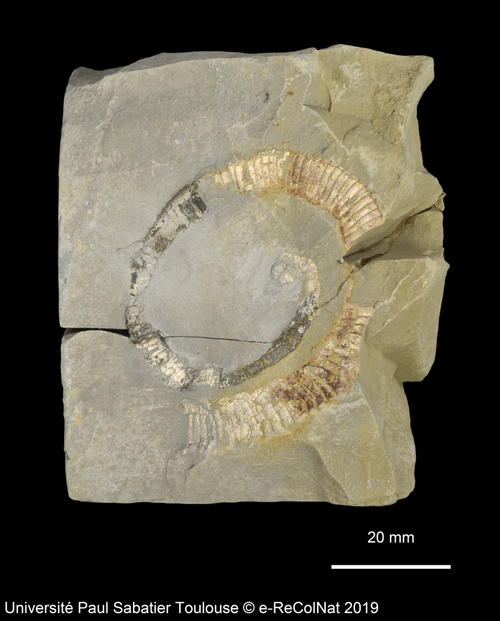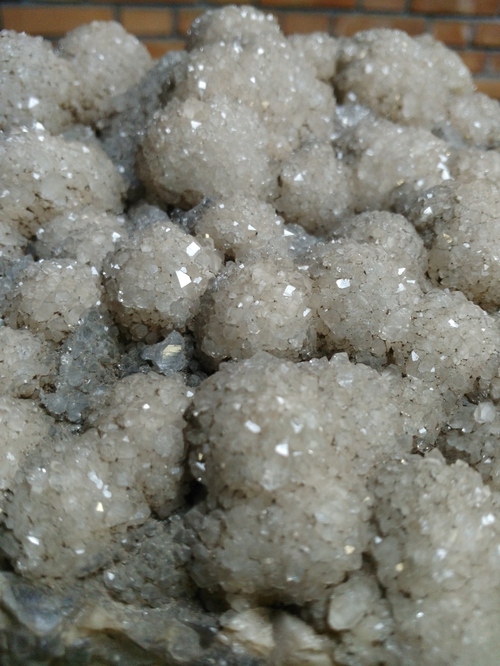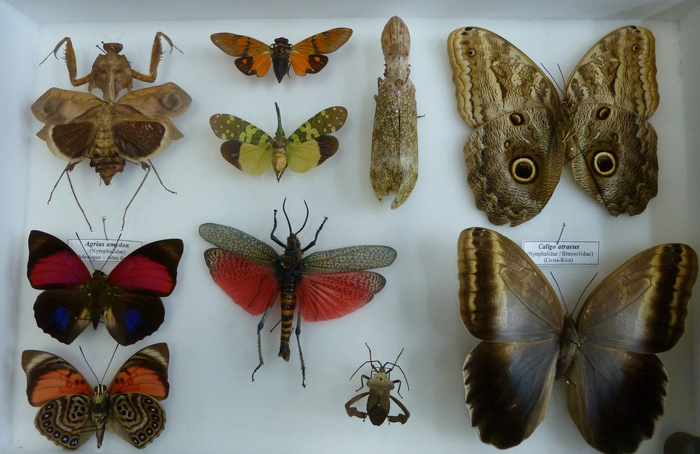
Toulouse University III - Paul Sabatier
Heir to the former Toulouse University (founded in 1229), the Paul Sabatier – Toulouse III University originated from the merging of the Medicine, Pharmacy, and Sciences Faculties in 1969. The university employs 4,500 people, distributed in 80 lab and departments, and teaches around 32,000 students.
Due to its long history, the Paul Sabatier University possesses rather important natural history and medical collections, which hold great scientific interests.
The paleontology collection contains 300,000 fossils. One half come from a teaching collection assembled during the Sciences Faculty inception in 1810. The second half was assembled by researchers, as the result of studies conducted in the Pyrenees. The types and figured specimens, numerised during the Transtyfipal campaign, come from this second half.

© e-ReColNat 2019
The mineralogy collection come from Philippe Picot de Lapeyrousse private collection, first Dean of the Faculty (in 1809), thereafter enriched by collects from researchers. The collection encompasses 45,000 rocks and minerals, some of which are rare, coming from Greenland and from mines that are now closed.

© SCECCP, UT3
The zoology collection, started as the Science faculty opened, comprises 4,550 taxidermy specimens, preserved in liquids or combined with a resin, scale models for teaching made in paper maché (Auzoux), as well as bones mounted in exploded view (“à la Beauchêne”) or with iron wires.

© SCECCP, UT3
Finally, the medical anatomy collection displayed at the museum includes (beside organs) limbs prepared after dissections and preserved in various fashion, models done in wax, plaster, paper maché, from famous editors of the 19th century.